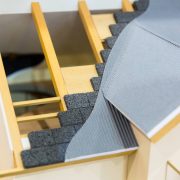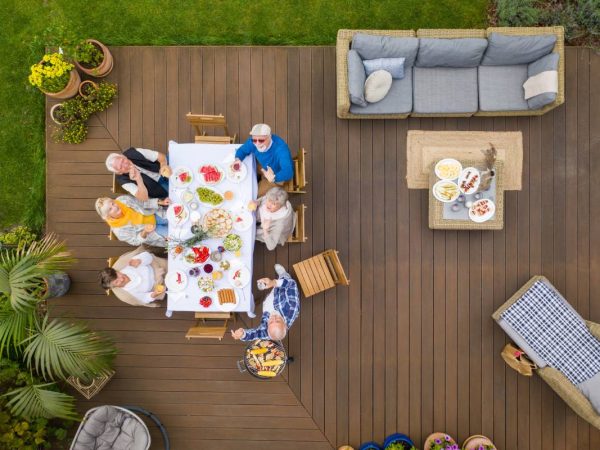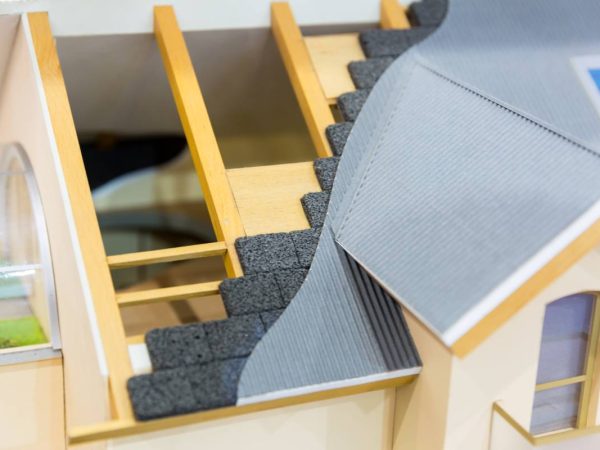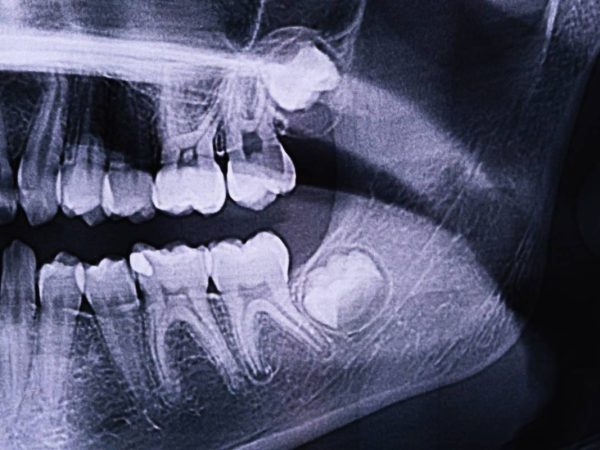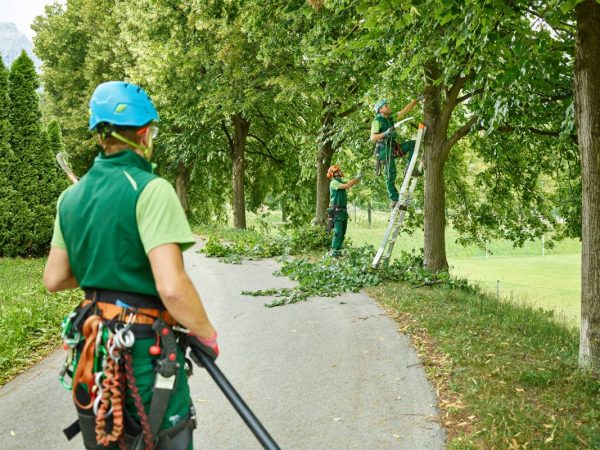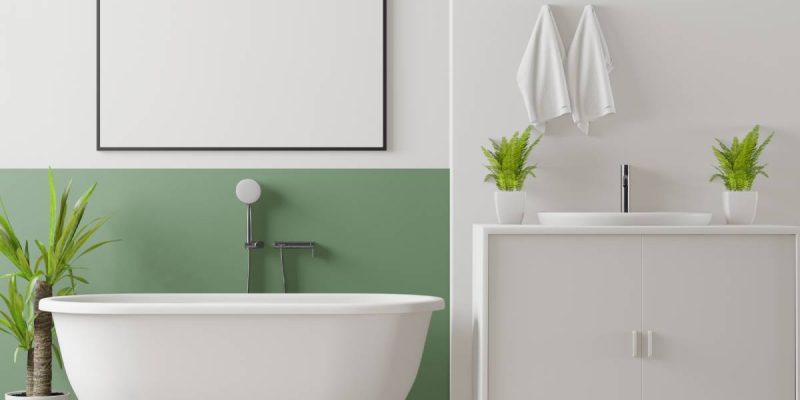
What is bathroom resurfacing? How much does bathroom resurfacing cost in Australia?
Tired of outdated tiles or a bathtub with chips and cracks? It might be time to give your bathroom a makeover. Upgrading your bathroom not only adds value to your home but also brings it up to date to better suit your needs.
If your bathroom’s structure is solid and everything is in the right place – like the shower, bathtub, toilet, and sink – then resurfacing might be the way to go. It’s a simple and cost-effective method to give your bathroom a fresh look without breaking the bank.
What is bathroom resurfacing?
Bathroom resurfacing, also known as bathroom refinishing or reglazing, is a process of restoring the surface of various bathroom fixtures, such as bathtubs, showers, sinks, tiles, and flooring, to give them a fresh and new appearance without the need for complete replacement.
During the resurfacing process, the existing surface is thoroughly cleaned, repaired if necessary, and then coated with a specialized enamel or resin-based material. This coating can change the colour, texture, or finish of the fixture, making it look like new. It’s a cost-effective alternative to replacing fixtures, as it can extend their lifespan and improve their aesthetics without the expense and hassle of full replacement. Resurfacing can also be more environmentally friendly, as it reduces the amount of waste generated from replacing old fixtures.
What is the difference between resurfacing and refinishing a bathtub?
“Resurfacing” and “refinishing” are often used interchangeably, but there can be slight differences in how they’re interpreted depending on the context.
In general, both terms refer to the process of restoring the surface of a bathtub to improve its appearance and functionality without replacing it entirely. However, some may use “resurfacing” to describe the overall process, while “refinishing” might specifically refer to the application of a new coating or finish.
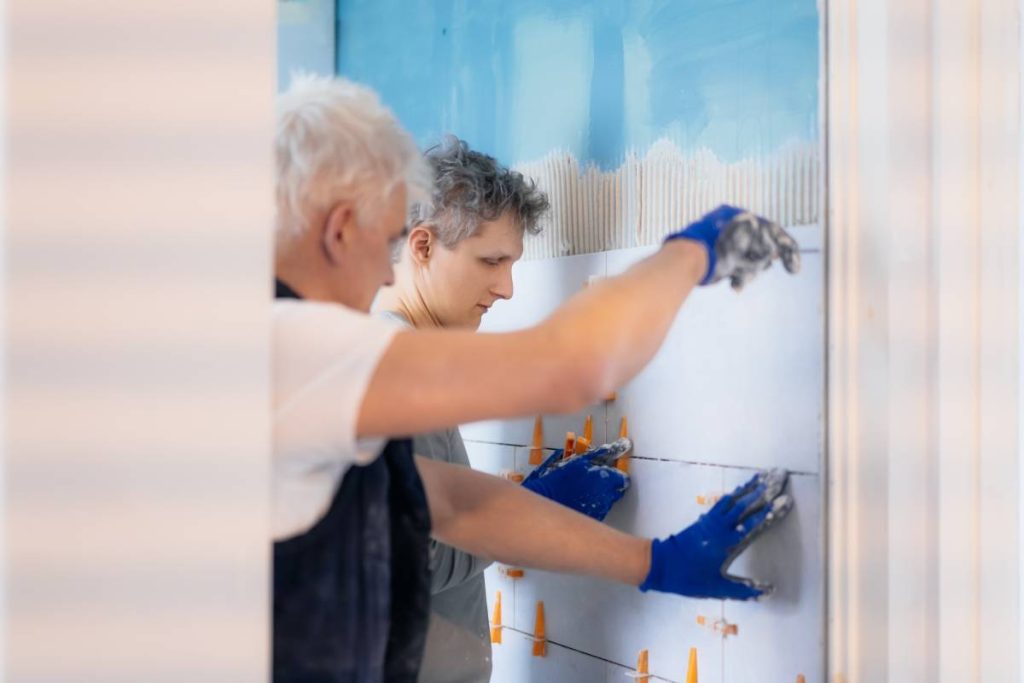
Here’s a breakdown of the typical steps involved in both processes:
- Cleaning and Repairing: The bathtub is thoroughly cleaned to remove any dirt, grime, or residue. Any chips, cracks, or other damages are repaired to ensure a smooth surface.
- Surface Preparation: The surface is etched or abraded to create a rough texture, which helps the new coating adhere better.
- Application of Coating: A specialized enamel or resin-based coating is applied to the surface of the bathtub. This coating can change the colour, texture, or finish of the bathtub, giving it a fresh look.
- Curing and Drying: The coating is allowed to cure and dry completely, typically over a period of several hours or days, depending on the specific product used.
Both resurfacing and refinishing aim to achieve similar results: a bathtub that looks like new without the expense and hassle of replacement. The terminology used may vary depending on the region, industry practices, or individual preferences, but the underlying process is generally the same.
Is bathroom resurfacing the same thing as renovating?
Bathroom resurfacing is a form of bathroom renovation, but they are not the same thing.
Renovating a bathroom typically involves making significant changes to its structure, layout, or fixtures. This could include replacing tiles, installing new plumbing fixtures, updating lighting, changing the layout, or even expanding the space. Renovations often involve a higher level of investment, time, and planning compared to resurfacing.
On the other hand, bathroom resurfacing focuses on restoring the surface of existing fixtures to improve their appearance and functionality without making major structural changes. It’s a more cost-effective and quicker option compared to renovation, especially if the main goal is to refresh the look of the bathroom without the need for extensive construction work. Resurfacing is ideal for situations where the fixtures are in good condition but have cosmetic issues like stains, scratches, or outdated colours.
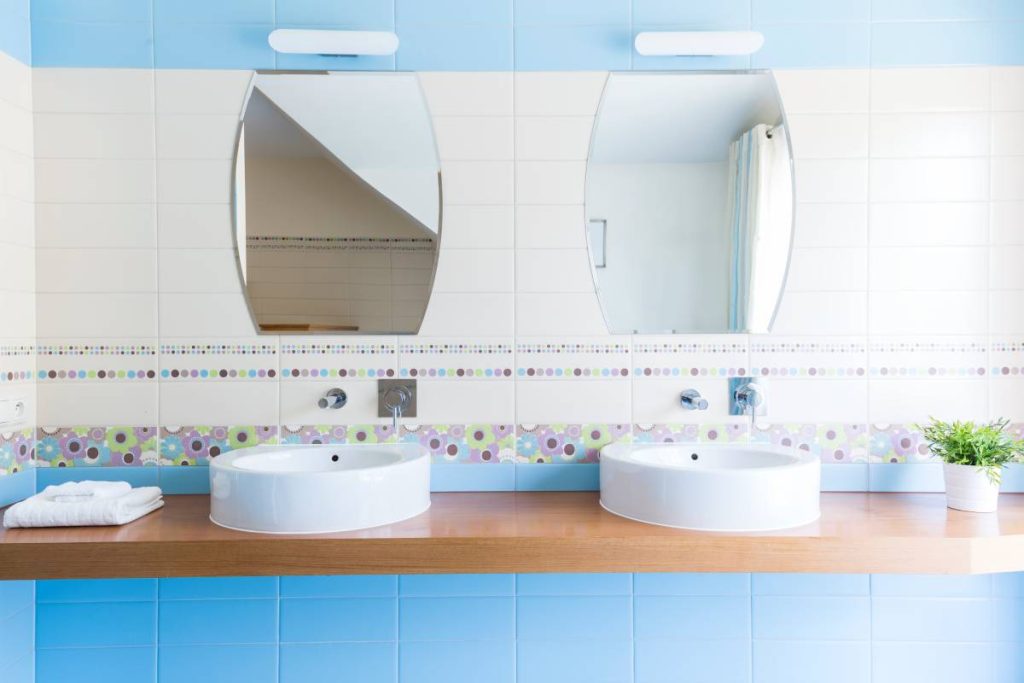
How much does bathroom resurfacing cost in Australia?
The cost of resurfacing your bathroom depends on what you’re getting done. Generally, larger items will cost more. For example, resurfacing all the tiles in your bathroom will be pricier than just resurfacing your vanity.
The materials involved also affect the cost. Antiques or items made of cast iron, for instance, will bump up the price.
Given these factors, prices can vary a lot based on your specific needs. As a rough estimate, expect to pay between $1500 and $3000 for a full bathroom resurfacing. Some companies might charge extra for colour matching, typically around $60.
For vanities, prices typically range from $150 to $300 for smaller ones and $250 to $400 for larger ones. Premium vanities, like fine porcelain, can cost around $1500.
Resurfacing bathtubs can be a great money-saver compared to buying and installing a new one. Prices generally fall between $400 and $700, but for antique or claw-foot bathtubs, it could be $1500 to $2000.
When it comes to bathroom tile resurfacing, costs vary based on repairs needed and size. Repairing chipped tiles might cost $150 to $300, regrouting around $1 per square meter, and resurfacing between $5 and $10 per square meter.
Shower bases can also be resurfaced, with prices typically ranging from $550 to $600 for a standard size. This usually includes replacing worn studs, caulking, matching textures, and applying the enamel finish.
Overall, the price of your resurfacing job hinges on factors like condition, material, and size.
Final thought
Still curious about the cost of bathroom resurfacing? It can be tricky to pin down the exact price for your renovation or resurfacing project. To get a clear idea of the rates in your area, reach out to several bathroom resurfacing experts nearby. By comparing quotes, you can find the best balance of affordability and quality service.
When you contact bathroom renovators, they’ll typically visit your home to assess the area and propose the most suitable solution for your needs. You should receive a detailed, written estimate that breaks down the various expenses and suggests the optimal surface treatment. Don’t forget to inquire about warranties and ask for references and examples of past projects to ensure you hire the right contractor.

